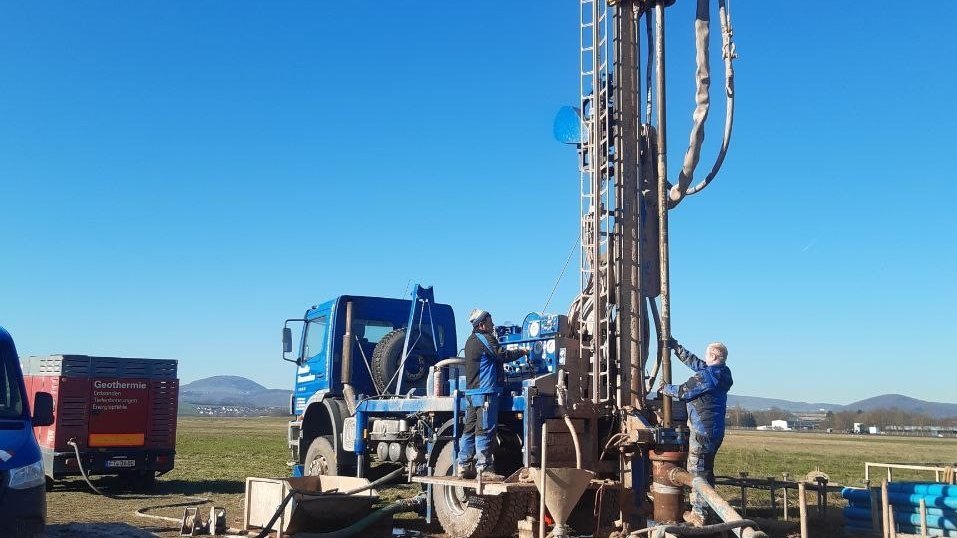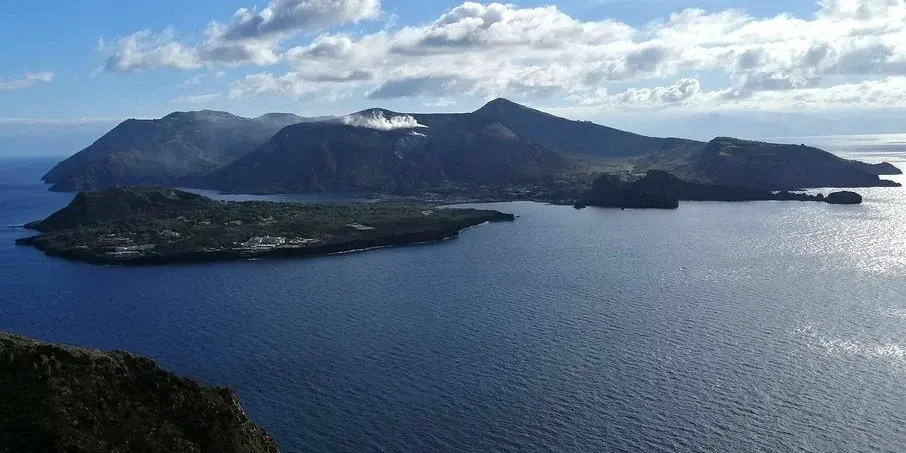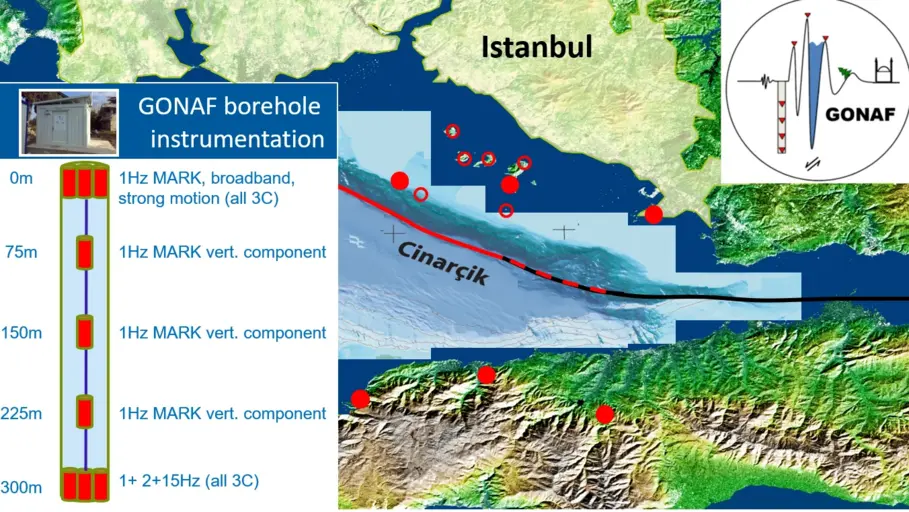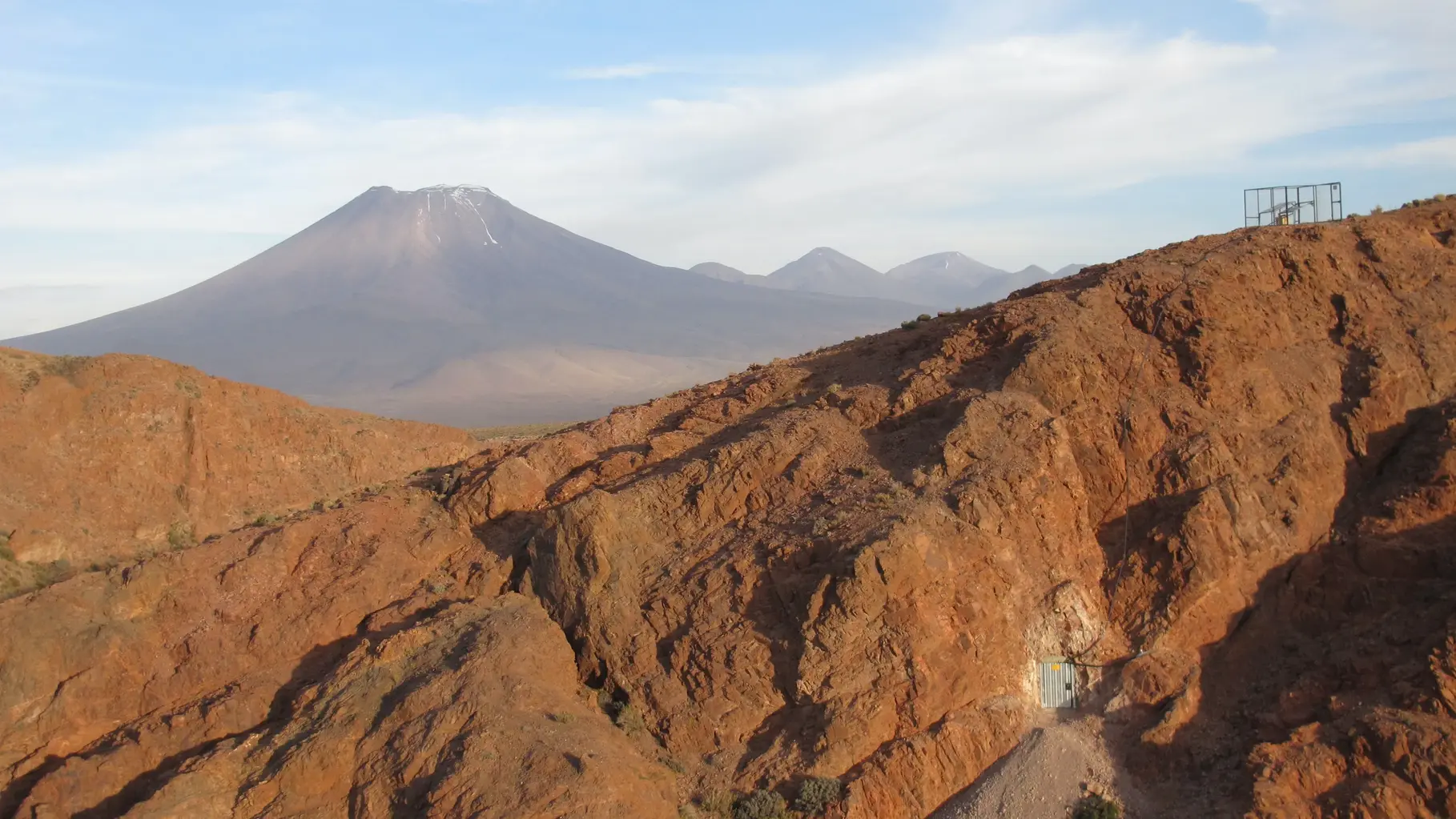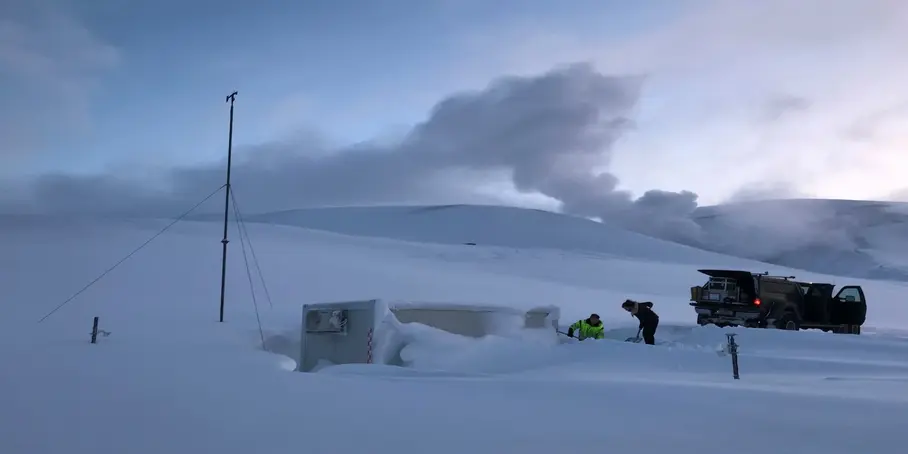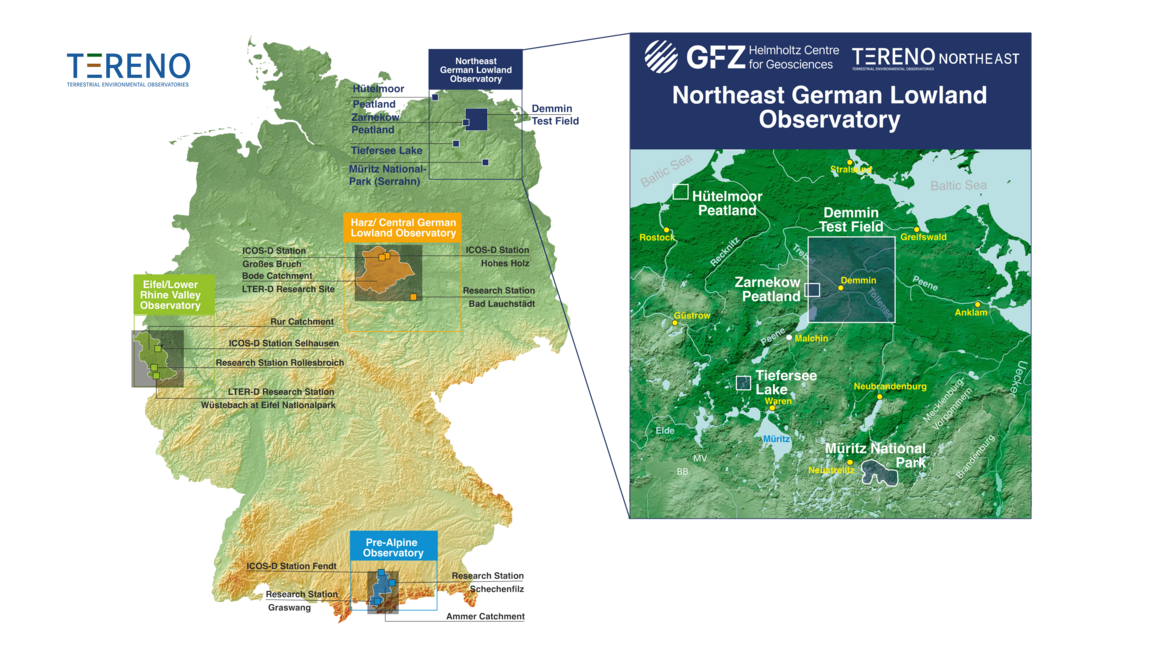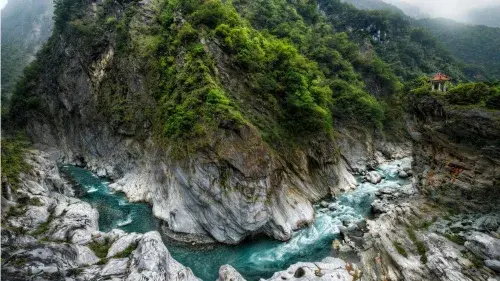Search filter
Clear filters
-
- GFZ
- Department 1 Geodesy
- Section 1.2 Global Geomonitoring and Gravity Field
- Section 1.4 Remote Sensing and Geoinformatics
- Department 2 Geophysics
- Section 2.1 Physics of Earthquakes and Volcanoes
- Section 2.2 Geophysical Imaging
- Department 4 Geosystems
- Section 4.1 Lithosphere Dynamics
- Section 4.2 Geomechanics and Scientific Drilling
- Section 4.4 Hydrology
- Section 4.6 Geomorphology
Regional Observatories
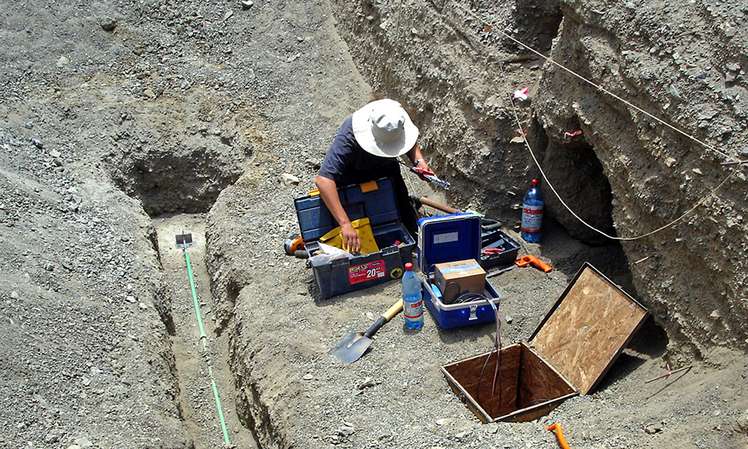
Our observatories are a key instrument for a comprehensive understanding of the system Earth. The combination of monitoring programmes and observatories allows for an observation of the processes shaping the Earth system from a local to a global scale. Our main focus is on identifying and analysing natural hazards and observing the impacts of global climate change. We are running two types of observatories. On the one hand those with an instrumental focus on only one type of signal but with a global coverage, on the other hand the regional Earth System Observatories.
The Earth System Observatories combine an instrumental time axis with geological long-term observations. They focus on coupled processes and many signals and are run by a cooperation of several GFZ sections. The form the backbone of our research activities and are optimally suited for a systemic study of coupled Earth processes and their impact on the human habitat.
Contact person: Marco Bohnhoff
CVO - Central European Volcanic Province Observatory
The primary scientific goal of the Central European Volcanic Province Observatory is to better understand and map the processes in transcrustal magma systems beneath distributed intraplate volcanic fields, and to assess their volcanic hazard and the…
GONAF - Geophysical Observatory at The North Anatolian Fault
GONAF (Geophysical Observatory at the North Anatolian Fault) is a combined surface and downhole based observatory to measure tectonic deformation transients (seismic and aseismic) along the overdue Marmara segment of the North Anatolian Fault Zone (…
IPOC - Integrated Plate Boundary Observatory Chile
IPOC is an international network of institutions and scientists organising and operating a distributed system of instruments and projects dedicated to the study of the subduction system, its role in landscape evolution, and associated geohazards at …
SMARTIES - Supercritical fluids and MAgma Reconnaissance for Transformative Iceland Energy Solutions
Recognizing that the exploration and harnessing of magmatic and geothermal reservoirs involves many disciplines, the mission of “SMARTIES” is to implement a long-term observatory facility together with episodic field experiments for defining, testin…
TERENO-NE - Northeastern German Lowland Observatory
The Northeastern German Lowland observatory (TERENO-Northeast) is part of the Helmholtz Association`s interdisciplinary, long-term research network of Terrestrial Environmental Observatories - TERENO representing typical landscapes in Central Europ…
